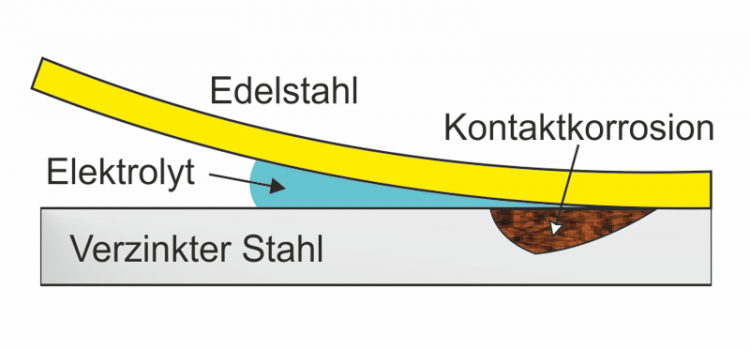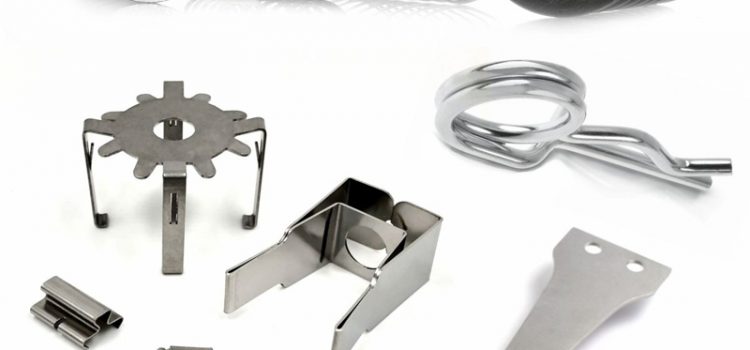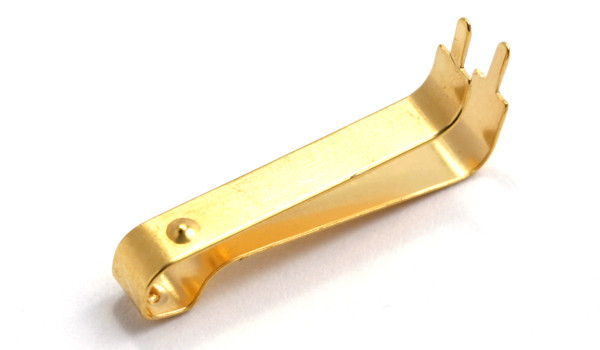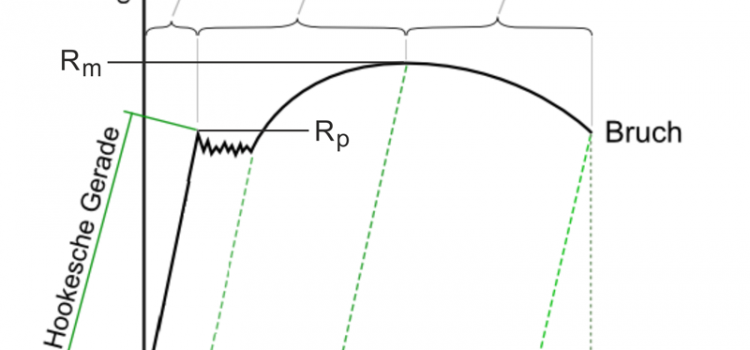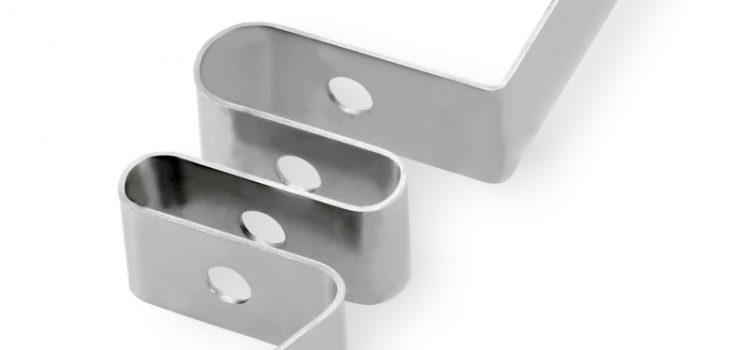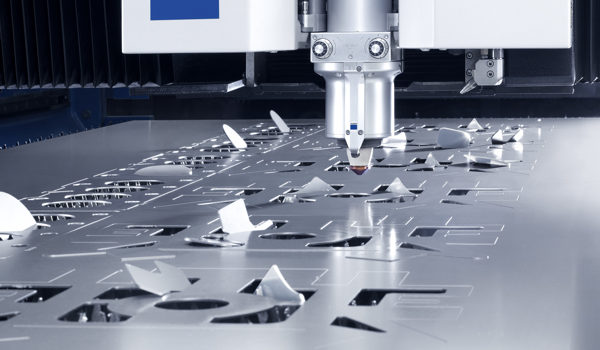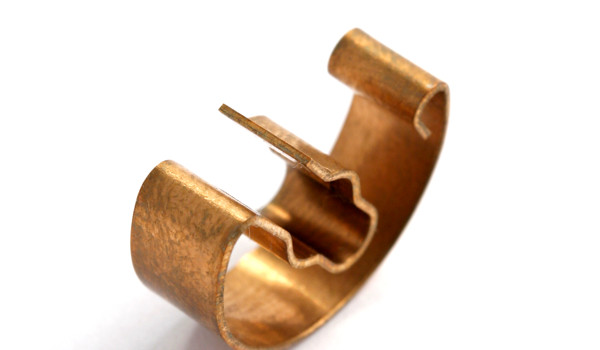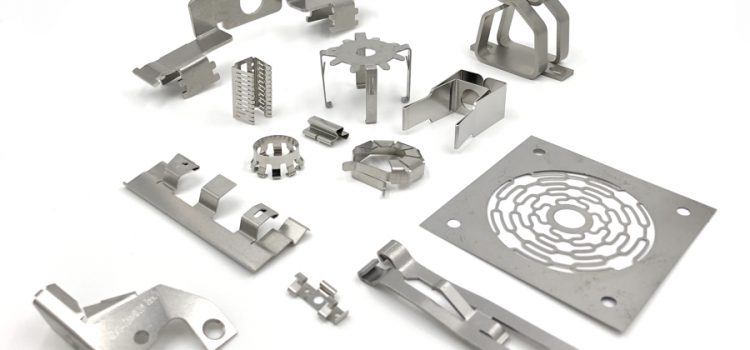A whole range of different metal springs are used in medical technology, including shaped springs, contact springs, compression springs, flat springs, leaf springs and spring clips. They are used in medical devices, appliances and lighting fixtures or as specially designed
Metal springs for medical technology


